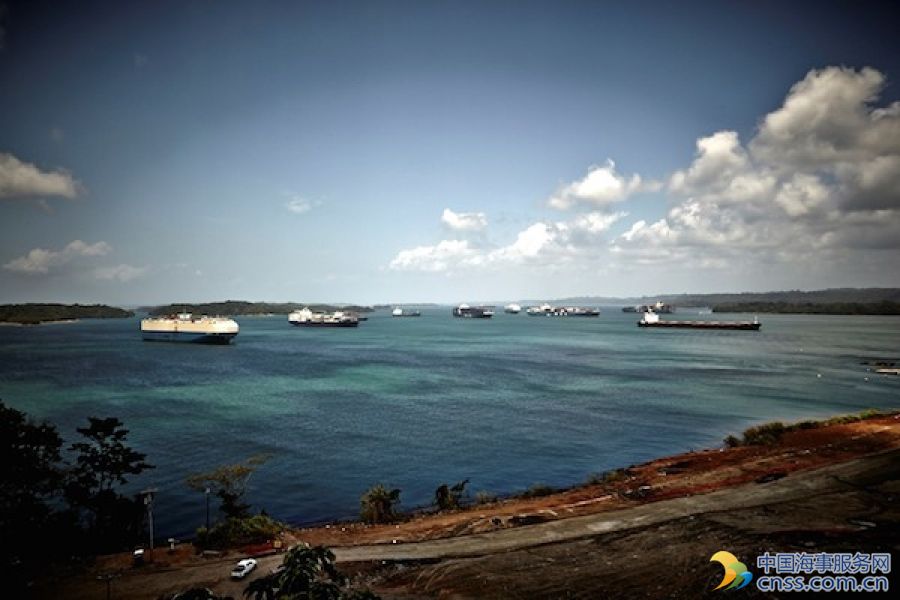New Silk Road’s impact on shipping will be limited

China’s ambitious plans to create a modern-day Silk Road by way of building roads and railways abroad are unlikely to change the face of global shipping, said industry observers. This means Singapore’s position as a key hub port, in turn, will be little affected as well.
China made further headway in its drive to connect with the rest of the world by high-speed rail when it launched its first rail freight service to Britain on Sunday.
China Railway Corporation announced on Monday that the train, carrying clothes, bags and other items, departed from Yiwu in the eastern Zhejiang province, said a Bloomberg report. It will travel more than 12,000km over 18 days – passing through places such as Kazakhstan, Russia and Germany – before arriving in London.
London is the 15th European city to now have direct trains from China as part of President Xi Jinping’s “One Belt, One Road” initiative, which is aimed at boosting trade ties with markets across Asia, Africa, the Middle East and Europe.
Mr Turloch Mooney, senior editor for Asia at IHS Maritime & Trade, expects rail freight services between China and Europe to grow strongly. But he added that the impact on shipping will be “minimal” because of the limited capacity that block trains offer. The London-bound train, for example, is carrying about 200 TEUs (twenty-foot equivalent units) of goods, while a large container vessel can carry as many as 20,000 TEUs.
“Rail does offer certain advantages over sea freight and air freight,” Mr Mooney told The Straits Times, noting that rail journeys from China to Europe can take about 15 to 19 days – about half the time taken by sea (33 to 38 days), though slower than by air (three to five days).
“However, the capacity limitation means volumes are unlikely to ever amount to more than a few per cent share of total Europe- bound volumes,” he said.
He added that while transporting a container by rail can be 20 times less expensive than by air, it is still three to five times more costly than shipping by sea.
Mr Victor Wai, lead analyst for ports at Drewry Financial Research Services, said that all of this means that shipping is not likely to be replaced by rail freight services.
“The cost advantage of sea freight over rail freight remains significant, especially when container ships come with economies of scale. High-value or time-sensitive goods will benefit from the shorter transit time, but not general merchandise goods,” he said.
Mr Wai added that where Singapore is concerned, the impact, if any, will be negligible. Even the East Coast Rail Line project – a RM55 billion (S$17.6 billion) railway link financed by China that will connect ports on the east and west coasts of Peninsular Malaysia – is unlikely to pose a threat to the Republic as a transshipment hub.
Ocean Shipping Consultants director Jason Chiang said: “The time savings from using the East Coast Rail Line project is likely to be minimal, and it would be difficult to see how it could be commercially viable, given that a shipper would need to pay for multiple port and rail handling fees instead of shipping directly.”
Source: Straits Times
HEADLINES
- Do shipping markets want Biden or Trump for the win?
- All 18 crew safe after fire on Japanese-owned tanker off Singapore
- Singapore launching $44m co-investment initiative for maritime tech start-ups
- Cosco debuts Global Shipping Industry Chain Cooperation Initiative
- US warns of more shipping sanctions
- China continues seaport consolidation as Dalian offer goes unconditional